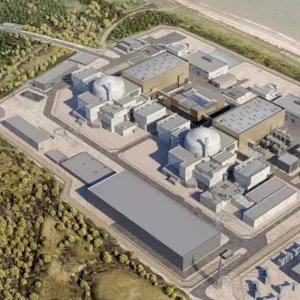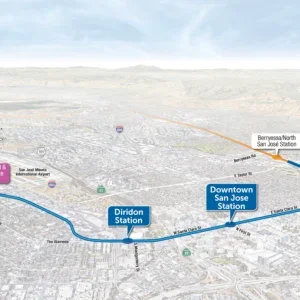Tragedy was averted last month on the 28km long twin-bore Guadarrama rail tunnels in Spain, when a spoil train carrying construction workers caught fire.
Thirty-four tunnellers found safety in an air pocket within the tunnel for five hours, and used oxygen tanks until they were rescued. Fortunately, no-one was seriously injured, with only a few receiving medical attention. A spokesman for the supervising and co-ordinating engineer, Ineco, confirmed that all of the engineers involved emerged safe and well.
The accident happened when one of the locomotives pulling the mucking trains caught fire about 800m inside the tunnel, and about 3km away from the TBM. It is not known how the fire took hold, but initial reports relate eyewitness accounts of some kind of explosion. In the ensuing heat, parts of the tunnel lining fell away, but engineers were confident that construction would have resumed by the beginning of September.
The incident took place on one of the southbound drives, where a 9.5m diameter Wirth hard rock TBM has excavated 3.9km into the mountain. The JV contractors on this drive include ACS, Vias, FCC, Convensa, Ferrovial Agroman, and Ferrovial. It runs parallel to a similar-spec Herrenknecht TBM run by the same JV, which recently suffered a minor ground collapse when entering poor ground conditions (T&TI, August 2003).
The fire has once again highlighted the question of safety during tunnel construction. Some construction sites are taking their lead from the global hard rock mining industry, where refuge must be provided for miners in the event of a fire. For instance, contractor, Nishimatsu recently installed a 20-person refuge system at the Dublin Port Tunnel project in Ireland, fitted by the Australian company, MineArc Systems.
The Guadarrama tunnels are integral to the rail link between Madrid and northern Spain, and form part of the country’s rapidly extending high-speed rail network, which includes about 7,000km of new new line.
Two 9.5m diameter Herrenknecht hard rock TBMs, and two 9.5m diameter Wirth/NFM hard rock TBMs are boring the tunnel from both ends (T&TI, July 2003).







